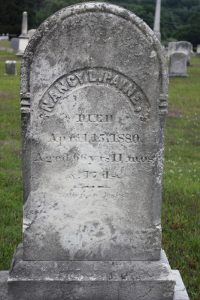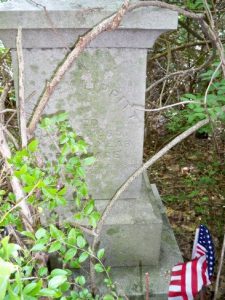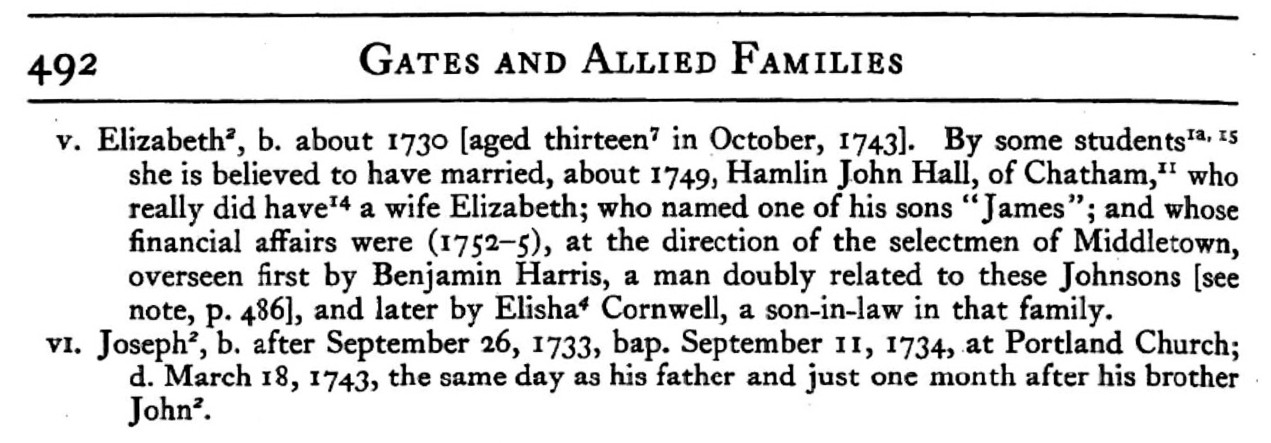 Although it would seem logical that an older genealogy would always be less valuable than a newer one, as we would assume that the author of the newer work had access to more and better resources and modern genealogical methodology, that is not always so.
Although it would seem logical that an older genealogy would always be less valuable than a newer one, as we would assume that the author of the newer work had access to more and better resources and modern genealogical methodology, that is not always so.
The biggest advantage that really old genealogies have is the author’s personal and family knowledge. If the genealogy was published in 1857 by an author who was born in 1800 and contains information on his immediate family in his lifetime, one could have more confidence that he knew what he was writing about. Continue reading Age and Methodology






